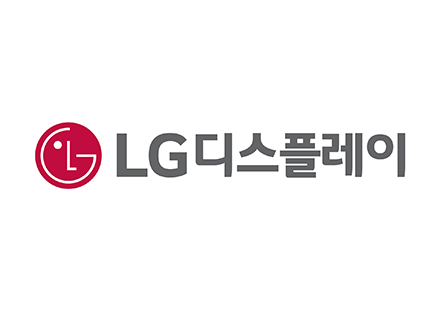Latest News
World`s first gen-4 TFT-LCD factory comes on-line while construction begins on first gen-5 factory
2001-01-14
SEOUL, SOUTH KOREA, June 6, 2000 - LG.Philips LCD Company, Ltd., one of the world`s largest innovators of liquid crystal display (LCD) technology, today announced that its new fourth-generation* fabrication plant, called "P3" located in Kumi, South Korea has begun mass production with 680 mm x 880 mm glass substrates (also known as "mother glass"). In a related move, the company also announced plans to invest approximately $1.5 billion (USD) in a fifth-generation fabrication plant to be designated "P4". This fifth-generation plant will also be the first of its kind and will use even larger glass substrates. P4 is expected to start mass production in the second half of 2002.
At least six other TFT-LCD manufacturers have announced plans for 680 mm x 880 mm fabrication lines. LG.Philips LCD`s P3 is the first to begin production, thus positioning the company as the frontrunner and driver of this new de facto substrate size. The rapid development and deployment of production equipment for 680 mm x 880 mm substrates will help standardize LCD panel sizes and will improve the availability of panel components such as array driver ICs, polarizers and backlights. Specifically, product "sweet spots" exist for this substrate size in production of 13.3-inch, 15.7-inch and 20.1-inch displays because manufacturers can efficiently cut nine, six or four panels of these sizes, respectively, from a single 680 mm x 880 mm glass substrate.
LG.Philips LCD`s new P3 facility has set a new industry record for ramp-up. While ten months is the typical time required to start mass production of large glass substrates, P3 was brought on-line in just over four months. The next-generation LCD modules being manufactured in P3 will meet the demand for larger desktop monitors and television screens. The large scale and early ramp of P3 makes LG.Philips LCD one of the world`s largest TFT-LCD manufacturers, perhaps with the largest capacity this year.
The commitment of approximately $1.5 billion (USD) for building and equipping P4 for fifth-generation production is further testament to the company’s leadership. Commenting on the investment, Bruce Berkoff, executive vice president and chief marketing officer, noted, “Development of the first fifth-generation fab will help ensure our capacity leadership going forward and demonstrates our commitment to continuously ‘raising the bar’ in our industry through the creation of standards and pushing the technology envelope.” Berkoff explained that P4 would use mother glass sized about one square-meter for 15-inch to 28-inch multimedia monitors and 20-inch to 34-inch wide-screen TV products.
The larger scale of P4 will make such bigger screen displays more affordable for home entertainment. When other display makers again follow LG.Philips LCD’s lead, certain LCD TV screen sizes will become common and widely available. As the industry has demonstrated with LCD monitors for desktop PCs, the standardization of screen sizes actually fosters better price-to-performance choices for the consumer.
According to market analysts such as DisplaySearch, based in Austin, Texas, the demand for TFT-LCD modules will reach 29 million units this year and will rise to 58 million units by 2003. P3 will have process capacity of 30,000 substrates per month in 2000 and 60,000 in 2001, enabling LG.Philips LCD to produce more than 11 million, 13.3-inch equivalents per year within its three plants (P1, P2 and P3). The company’s fifth-generation P4 will follow similar production and throughput schedules but will process even larger glass sheets.
* Generation names are debatable but current fabs have usually been referred to as “Gen-3.5”, while next-generation plants have been referred to as “Gen-4.” With so many vendors committing to the same size, LG.Philips LCD believes 680 mm x 880 mm will be called fourth-generation, while the next large group of plants using substrates approximately one meter in size will become known as “Gen-5” when they come on-line in 2003-2005